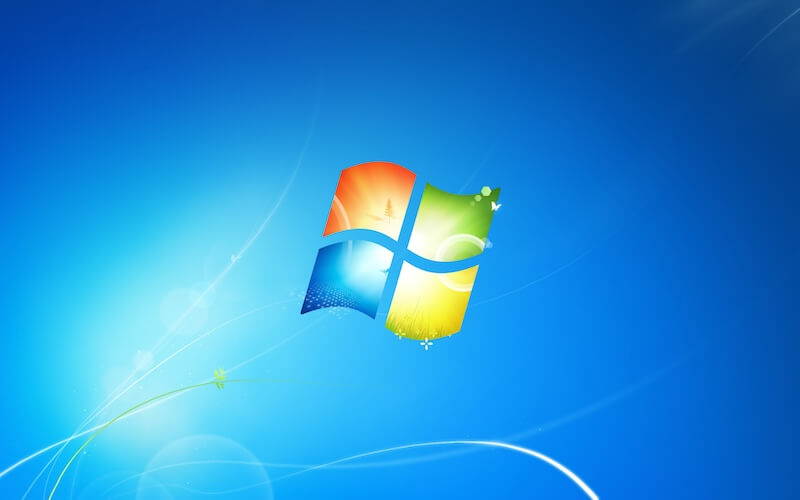After nearly four decades of its infamous reign, the Windows Blue Screen of Death (BSOD) is being replaced with a Black Screen of Death. This change, confirmed by Microsoft, is set to roll out to all Windows 11 users in late summer of 2025 with version 24H2.
The Blue Screen of Death has long been a symbol of system errors, often appearing after an unexpected system crash. It was implemented to prevent data loss and could be triggered by a variety of issues, including hardware failure, driver conflicts, and other software-related problems.
Microsoft is implementing this change to simplify the user interface for a more streamlined experience, aligning with Windows 11 design principles. The new black screen will feature a cleaner look, omitting the large frowning face and QR code. Instead, a single, clear stop code will be displayed at the bottom of the screen, pinpointing the specific driver or component at fault. The updated UI is intended to improve readability while preserving technical information when needed. The message "Your PC ran into a problem that it couldn't handle and now it needs to restart,” will be replaced with “Your device ran into a problem and needs to restart”, with a percentage displayed below.
David Weston, Microsoft's vice president of enterprise and OS security, stated that the redesign aims to deliver straightforward, actionable details about what went wrong, indicating whether the problem lies within Windows itself or an external component. According to Weston, this change prioritizes clarity and aims to provide better information so users can identify the core issue and fix it faster.
The revamped error screen will be accompanied by a new Quick Machine Recovery feature designed to restore machines that won't boot. This feature is part of Microsoft's broader "Windows Resiliency Initiative," which seeks to enhance the security and resilience of Microsoft's products. This initiative follows last year's CrowdStrike incident that caused over 8 million Windows devices to crash, impacting various businesses from airlines to sports stadiums.
While Microsoft briefly experimented with a black error screen in earlier Insider releases, user feedback led to a return to blue until now. The new Black Screen of Death is reminiscent of the black screen displayed during Windows updates. By providing a clearer display of the stop code and system driver that contributed to the crash, Microsoft hopes to make it easier for both casual users and IT administrators to resolve issues.

















